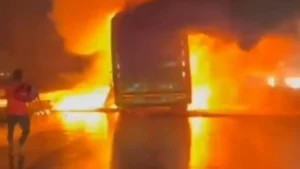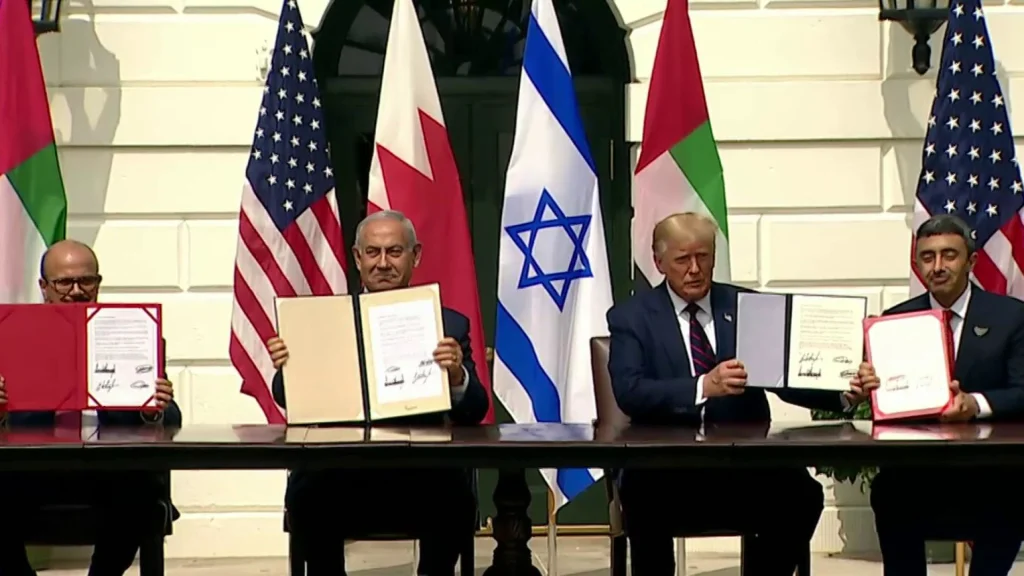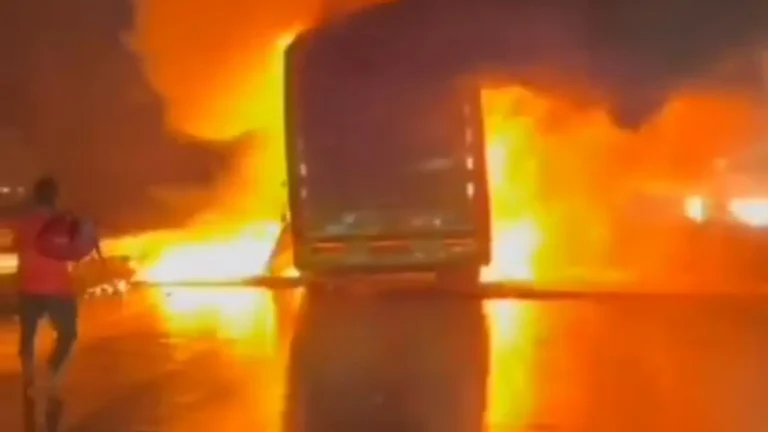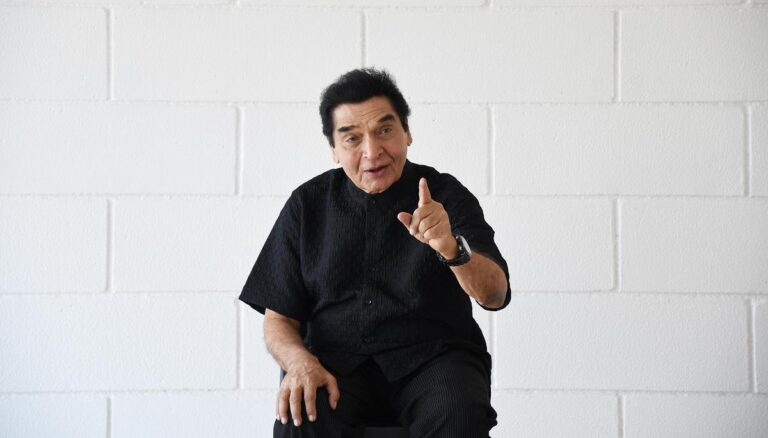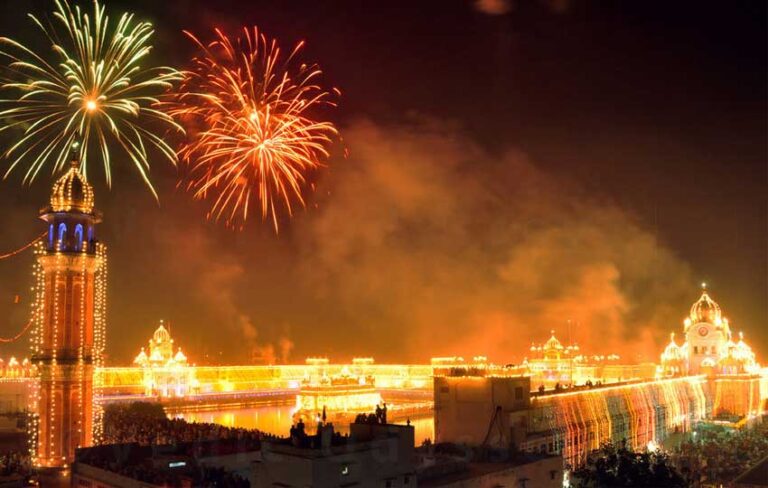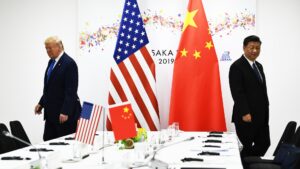In a moment that could redefine the Middle East, President Donald Trump has departed for Israel amid growing anticipation of a historic ceasefire and a long-awaited hostage release between Israel and Hamas. This marks what could be the most significant diplomatic breakthrough in the region in decades and possibly the crown jewel of Trump’s foreign policy legacy.
Before boarding Air Force One at Joint Base Andrews, President Trump expressed optimism and pride. “This is a very special event,” he told reporters. “They had 500,000 people yesterday and today in Israel and also the Muslim and Arab countries are all cheering. Everybody’s cheering at one time that’s never happened before.”
Hope and Healing After Two Years of Captivity
In Middle East Tel Aviv, emotions are running high as Israel braces for the return of 20 surviving hostages who have been held in Gaza for more than two years. Families are preparing for emotional reunions, while also mourning the 28 hostages who are believed to have died in captivity.
Israeli authorities have warned that some freed hostages may require urgent medical care after enduring severe malnutrition. Doctors are preparing to treat what is known as “refeeding syndrome,” a dangerous condition that occurs when nourishment is reintroduced after prolonged starvation.
Meanwhile, the bodies of the deceased hostages are expected to be returned within 72 hours of the initial releases. An international search team, formed as part of the peace agreement, will work inside Gaza to locate and recover the remaining bodies.
The Ceasefire and Prisoner Exchange
As part of the ceasefire, Israel will release around 2,000 Palestinian prisoners and detainees. Many of them, including women and minors, were held without formal charges. Those convicted of serious crimes are expected to be relocated abroad rather than returning to Gaza.
For families in Gaza, the ceasefire in Middle East offers a fragile sense of hope. However, the devastation there remains overwhelming. More than 80% of Gaza’s population has lost their homes. Satellite images show vast neighbourhoods reduced to rubble, and the process of rebuilding is expected to take years.
Qatar and other Arab nations aligned with Trump’s coalition have pledged to help fund Gaza’s reconstruction, but the road ahead will be long and uncertain.
U.S. Troops Arrive to Support Ceasefire
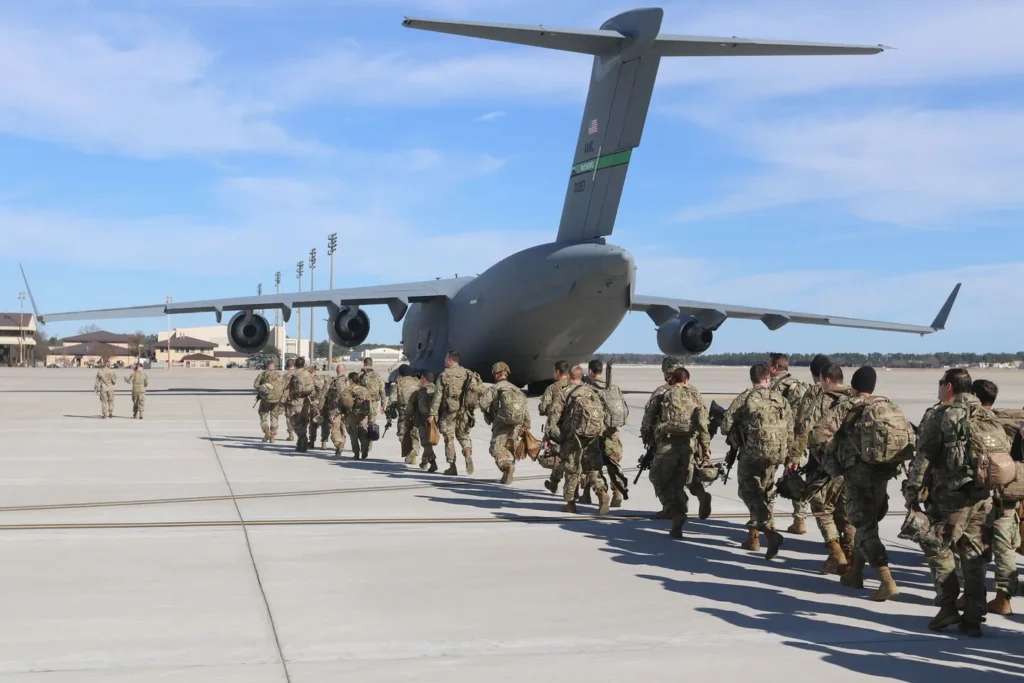
The United States has deployed troops to Israel to establish a Civil-Military Coordination Center (CMCC). This unit will monitor the ceasefire, verify Israeli troop withdrawals, and oversee humanitarian aid corridors.
Retired Army Lieutenant General Doug Lute, former U.S. ambassador to NATO, explained that the coordination center will bring together U.S. and Israeli military leaders, aid agencies, and international observers. “They’ll be watching every phase closely,” he said. “From the return of hostages to the opening of humanitarian corridors it’s all about ensuring this agreement holds.”
A Defining Moment for Trump’s Presidency
White House officials have confirmed that President Trump personally led negotiations through direct talks with Israeli Prime Minister Benjamin Netanyahu and multiple Arab and Muslim leaders. His son-in-law, Jared Kushner, also played a key role in securing Arab support for the agreement.
Political analysts suggest that if the deal succeeds, it could be remembered as the most consequential diplomatic achievement of Trump’s political career potentially rivaling the Camp David Accords or the Abraham Accords.
Vice President JD Vance echoed this sentiment on ABC’s This Week, saying, “We are on the cusp of true peace in the Middle East really for the first time in my lifetime. Our country should be proud of our diplomats who made this happen. It’s a great moment for the world.”
Challenges Ahead
While the ceasefire in Middle East is being hailed as a historic step toward peace, experts caution that the hardest phase is yet to come. Questions remain over who will govern Gaza once Israeli forces withdraw and how stability can be maintained without Hamas in control.
Reconstruction, security, and political leadership in Gaza will all pose major challenges. Still, the sight of Israeli and Palestinian families anticipating freedom and peace after years of loss has given many in the region something they haven’t felt in a long time hope.
As Air Force One makes its descent toward Tel Aviv, the world watches closely. Whether this fragile peace can hold may determine the future of the Middle East and cement President Trump’s place in history as a peacemaker or a risk-taker on the global stage.
